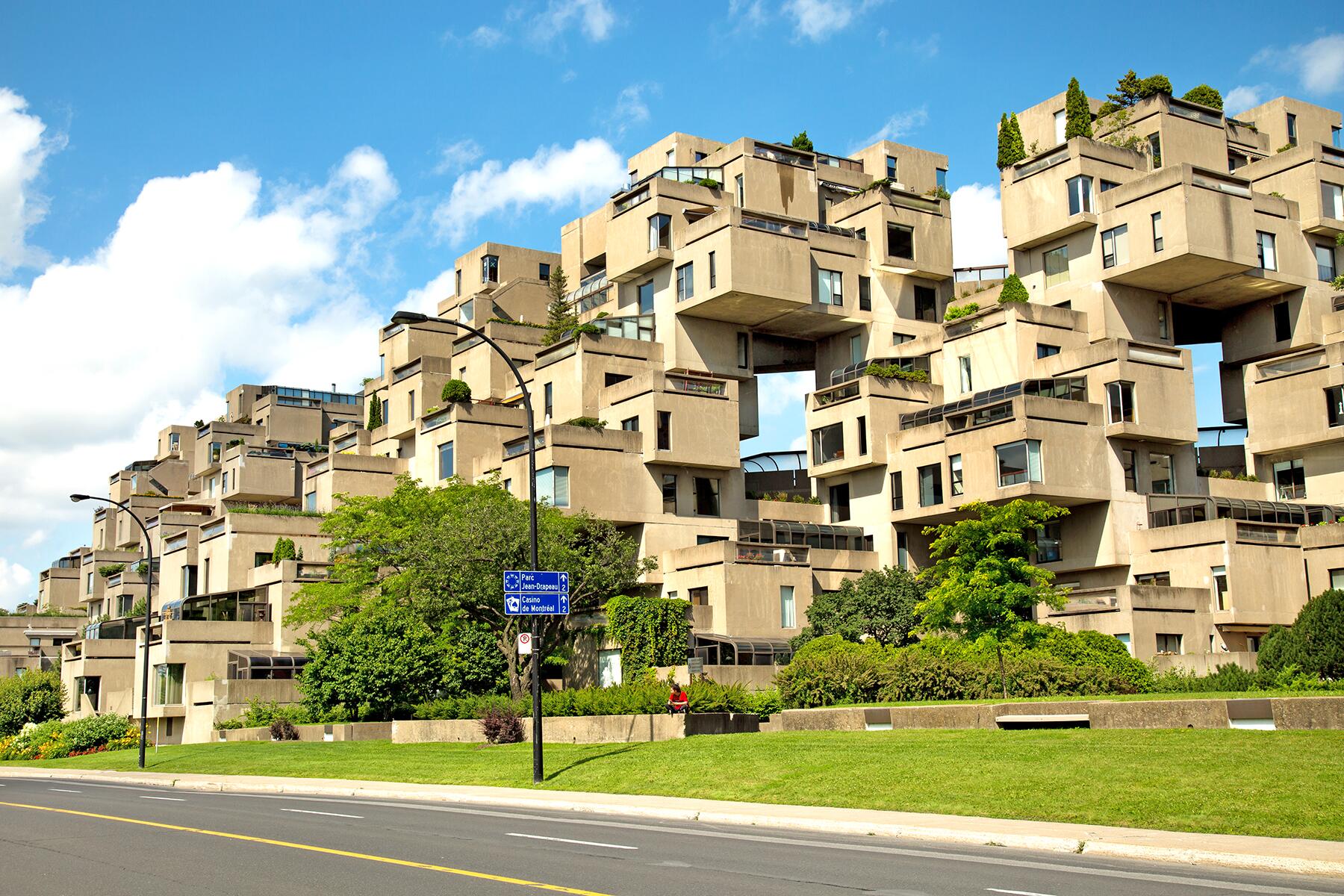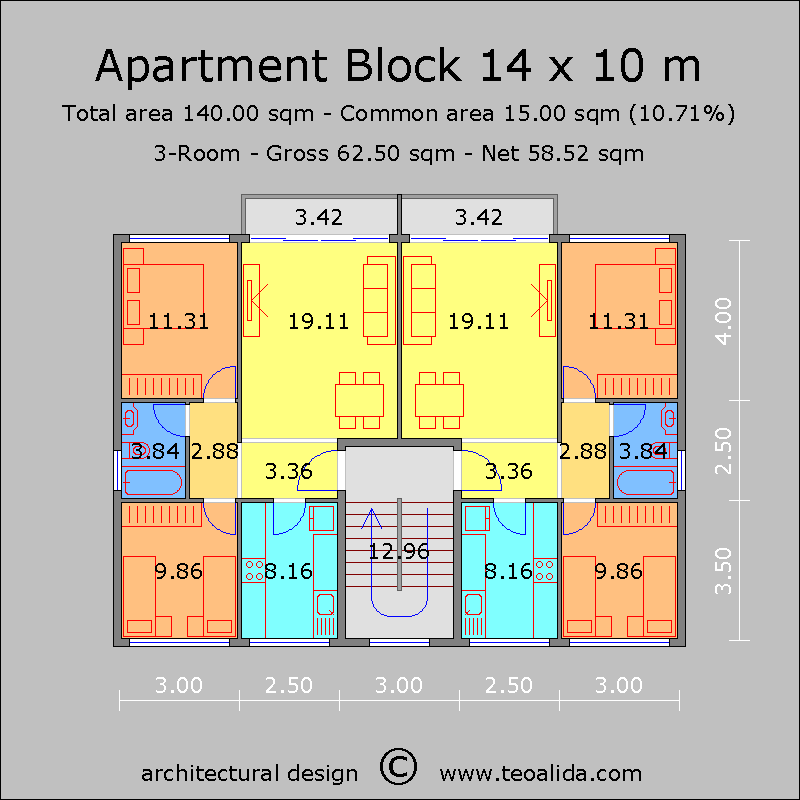Small Apartment Block Architecture

In urban areas with limited land availability, small apartment blocks have become increasingly popular. These compact and efficient buildings offer a solution for accommodating a growing population while maximizing space utilization. Architects have developed innovative design strategies to create small apartment blocks that are both functional and aesthetically pleasing.

Design Considerations

- Compactness: Small apartment blocks are typically designed with a small footprint to minimize land use. This requires careful planning and optimization of space to ensure efficient use of every square foot.
- Verticality: To maximize space, architects often design small apartment blocks with multiple stories. This allows for a greater number of units within a limited area.
- Natural Light: Access to natural light is essential for the well-being of occupants. Architects incorporate large windows, balconies, and skylights to bring in ample daylight.
- Ventilation: Proper ventilation is crucial to maintain a healthy indoor environment. Small apartment blocks often feature cross-ventilation systems or mechanical ventilation to ensure air circulation.
- Privacy: Despite their compact size, small apartment blocks should provide a sense of privacy for residents. This can be achieved through thoughtful placement of windows, balconies, and shared spaces.







Architectural Styles

Small apartment blocks can be designed in a variety of architectural styles, including:

- Modern: Characterized by clean lines, geometric shapes, and the use of glass and metal.
- Contemporary: Similar to modern style but with a more eclectic mix of materials and forms.
- Traditional: Inspired by historical architectural styles, often featuring brick or stone facades and pitched roofs.
- Mixed-Use: Combining residential units with commercial or retail spaces on the ground floor.






Sustainability Features

To reduce environmental impact and increase energy efficiency, small apartment blocks often incorporate sustainable features such as:

- Energy-efficient appliances: Reducing energy consumption and lowering utility bills.
- Solar panels: Generating renewable energy and reducing carbon footprint.
- Green roofs: Providing insulation, reducing stormwater runoff, and creating a natural habitat for wildlife.
- Rainwater harvesting systems: Collecting and storing rainwater for non-potable uses.






Benefits of Small Apartment Blocks

- Compact and efficient: Maximizing space utilization and reducing land use.
- Affordable: Smaller units and shared amenities can make housing more accessible.
- Convenient: Located in urban areas with easy access to transportation and amenities.
- Community-oriented: Shared spaces and common areas foster a sense of community among residents.
- Sustainable: Incorporating sustainable features to reduce environmental impact and promote well-being.



Conclusion
Small apartment block architecture is a response to the challenges of urban living. By embracing innovative design strategies and incorporating sustainable features, architects create compact and efficient buildings that provide comfortable and affordable housing solutions while minimizing environmental impact. As cities continue to grow, small apartment blocks will play an increasingly important role in meeting the housing needs of urban populations.



